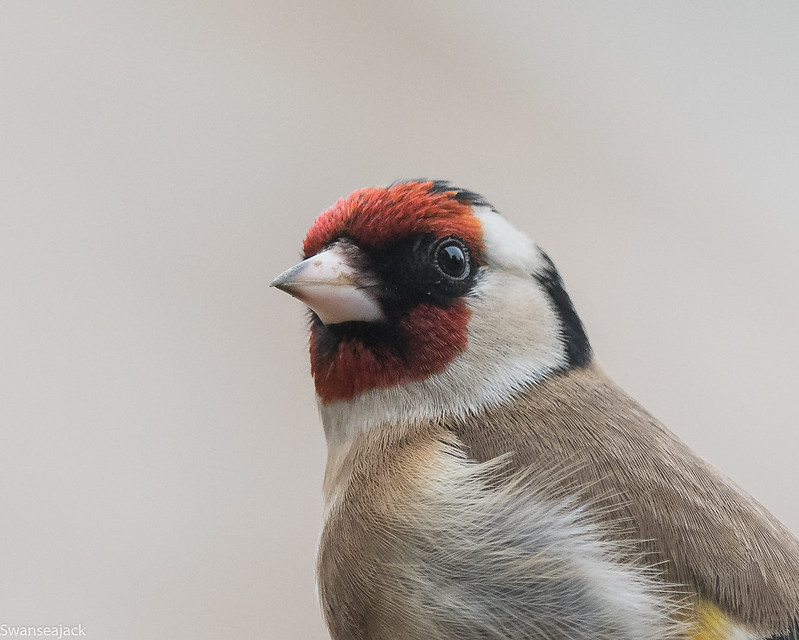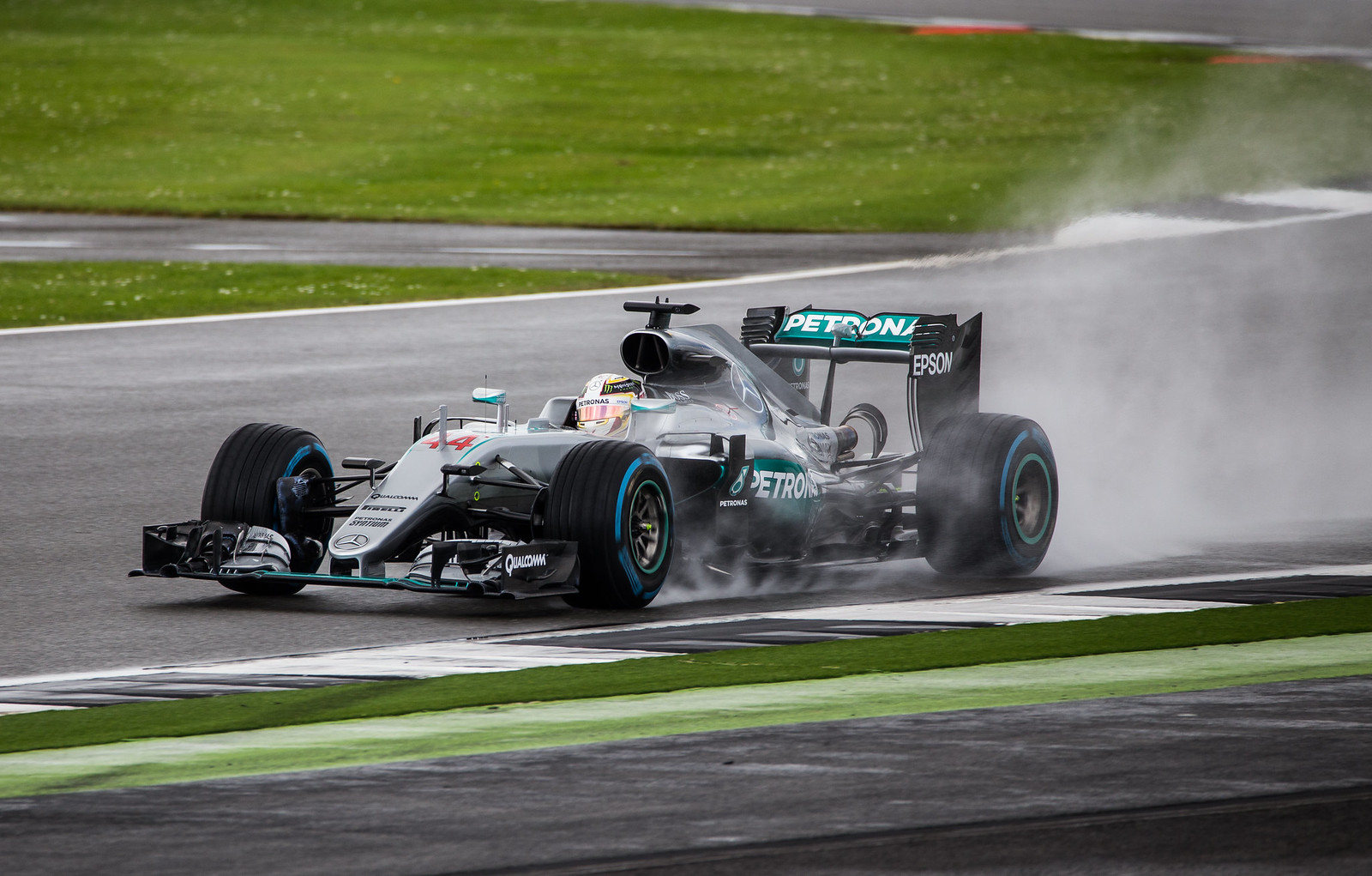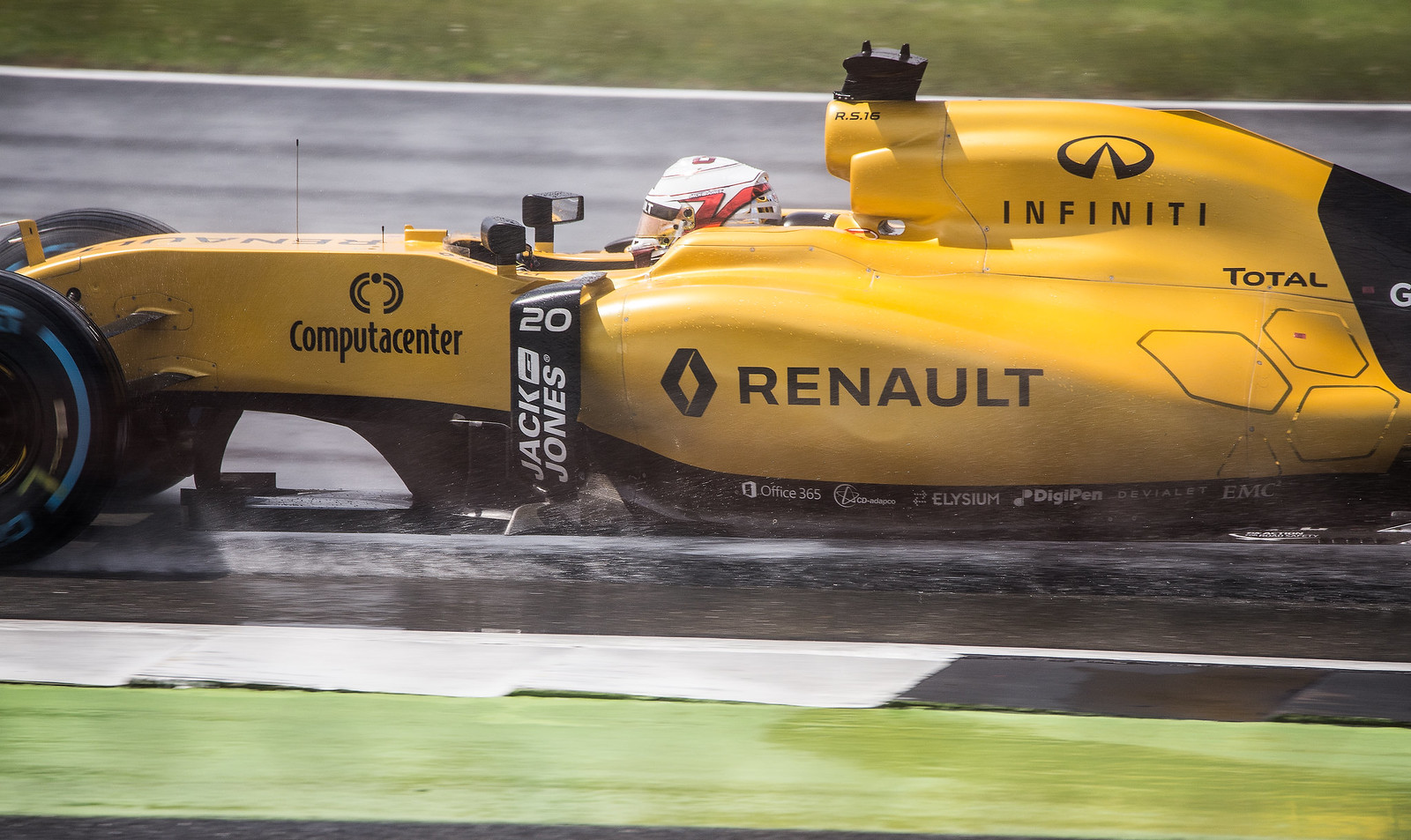I did some testing today with a test chart printed out on standard A4 dokument paper with a laser printer. I used two construction lights, 500W each on close distance to light up the test chart plus the little daylight I could get from outside. The pictures are therefore reddish in color, I have not edited the pictures except upping the exposure. All pictures use ISO 100 and shutter speed 1/1000, cameras are on tripod with stabilization off. Not enough light to use faster shutter speeds. All pictures were taken with 10s delay to allow camera and tripod to settle, took three pictures on each setting to rule out any focusing/shaking error. Distance between camera and chart appr. 6m/20ft. With the D5600 I used Live Mode and therefore Contrast Detection AF. I tested the P900 and the D5600 with the Sigma 150-600mm C with and without TC-1401 teleconverter. I'm not an expert and the test was done without professional tools and equipment so take it for what it is. The biggest surprise for me was how well the P900 performed at full zoom (2000mm, 35 eq.) Would like to hear your ideas. The comparison on the second last picture puts the D5600 + Sigma 150-600mm + TC-1401 combination ahead in every aspect, but keep in mind the P900 picture is more magnified (due to focal length/sensor size). On the last picture, the teleconverter may make the image a bit softer but it is more pleasing to look at, not sure how this difference translates to real-world subjects. I won't be scared to use the teleconverter for IQ issues anyway.
Nikon D5600, ISO100, 1/1000, F/6.3, 600mm, JPEG FINE

Nikon D5600, ISO100, 1/1000, F/8, 600mm, JPEG FINE

Nikon D5600, ISO100, 1/1000, F/6.3, 600mm, 12-bit RAW conv. to JPEG 100% quality in VievNX-i

Nikon D5600, ISO100, 1/1000, F/9, 850mm, JPEG FINE, TC-1401 1.4x

Nikon D5600, ISO100, 1/1000, F/9, 850mm, TC-1401 1.4x, 12-bit RAW conv. to JPEG 100% quality in VievNX-i

Nikon Coolpix P900, ISO100, 1/1000, F6.5, 357mm (2000mm, 35 eq.), JPEG FINE

100% crops, to the left, Nikon D5600 at 600mm + TC 1.4x, to the right Coolpix P900 357mm (Full zoom).

100% crops, to the left, Nikon D5600 at 600mm and to the right, same but with TC-1401





















 Coal Tit.
Coal Tit. Goldfinch Portrait
Goldfinch Portrait


 Male Sparrow
Male Sparrow